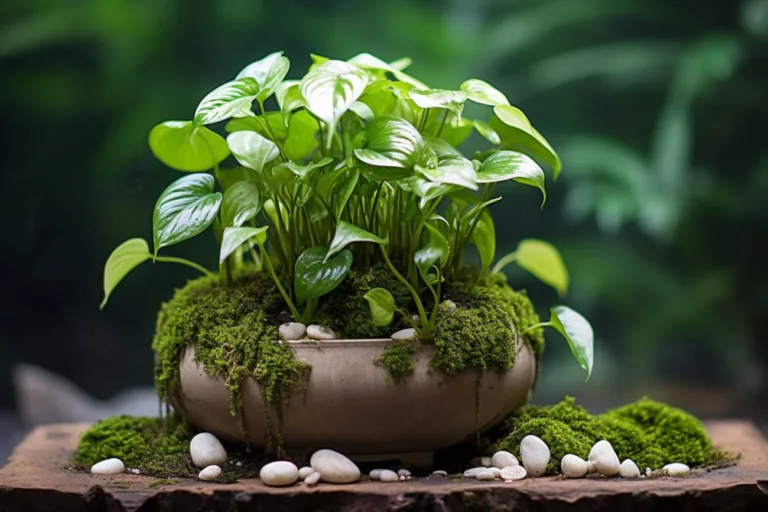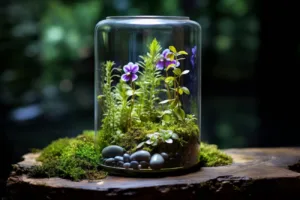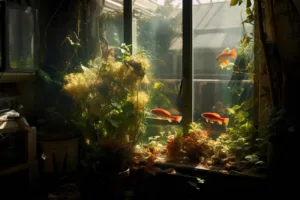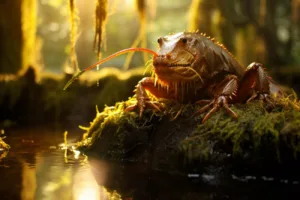Welcome to our comprehensive guide on Anubias Gigantea. If you’re a passionate aquarium enthusiast or simply interested in aquatic plants, this article will provide you with all the essential information about this remarkable aquatic plant species.
What is Anubias Gigantea?
Anubias Gigantea, also known as Giant Anubias, is a stunning aquatic plant that hails from the tropical regions of West Africa. This plant is a popular choice among aquarists due to its unique appearance and ease of care. Its scientific name is Anubias barteri var. gigantea, and it belongs to the Araceae family.
Appearance and growth
Anubias Gigantea is characterized by its large, robust leaves that can grow up to 12 inches or more in length. These leaves are broad, dark green, and heart-shaped, making them a striking addition to any aquarium. The plant can either be anchored to the substrate or attached to driftwood or rocks using its rhizome, which is a thick, horizontal stem.
One of the most appealing features of Anubias Gigantea is its slow growth rate, which makes it ideal for aquarists who want a low-maintenance plant. However, it’s important to note that it can become quite large over time, so adequate space should be provided in the aquarium.
Water parameters and care
Keeping Anubias Gigantea thriving in your aquarium is relatively straightforward. Here are some key care guidelines:
- Lighting: This plant prefers moderate to low lighting conditions. Too much direct light can lead to algae growth on its leaves.
- Temperature: Maintain a temperature range of 72-82°F (22-28°C).
- Water Quality: Anubias Gigantea does well in slightly acidic to slightly alkaline water (pH 6.0-7.5).
- Substrate: While it can be planted in the substrate, it’s essential not to bury the rhizome. Attaching it to hardscape elements is often a better option.
- Fertilization: Minimal fertilization is required, and it can feed off nutrients in the water column.
Propagation
Propagation of Anubias Gigantea is relatively simple. It can be done through rhizome division. Carefully cut the rhizome into sections, ensuring that each section has healthy roots and leaves. Plant these sections in the substrate or attach them to driftwood or rocks. Over time, they will grow into new plants.
Benefits of anubias gigantea
There are several benefits to adding Anubias Gigantea to your aquarium:
- Natural Beauty: Its large, lush leaves provide a natural and captivating look to your aquatic setup.
- Low Maintenance: This plant is easy to care for and can thrive in various water conditions.
- Algae Control: Anubias Gigantea’s robust growth can help reduce algae growth by competing for nutrients.
- Shade and Hiding Spots: Its dense leaves create shade and hiding spots for fish and other aquatic creatures.
Frequently asked questions
1. Can Anubias Gigantea be kept with other aquarium plants?
Yes, Anubias Gigantea can coexist with other aquatic plants, but it’s important to ensure that it doesn’t get overshadowed by faster-growing species. Provide it with adequate space and lighting.
2. Is CO2 supplementation necessary for Anubias Gigantea?
No, Anubias Gigantea can thrive without CO2 supplementation. It can obtain the required nutrients from the water column and substrate.
3. How do I prevent algae from growing on Anubias Gigantea leaves?
To prevent algae, maintain proper lighting, avoid excessive nutrient levels, and ensure good water circulation in your aquarium. Regularly clean the leaves if necessary.
4. Can Anubias Gigantea be used in a planted tank with fish?
Yes, Anubias Gigantea is a suitable choice for a planted tank with fish. Its dense foliage provides shelter and creates a natural habitat for fish.
Conclusion
In conclusion, Anubias Gigantea is a stunning aquatic plant that can enhance the beauty of your aquarium while requiring minimal care. Its slow growth rate, unique appearance, and versatility make it a favorite among aquarists. By following the provided care guidelines, you can enjoy the lush greenery of Anubias Gigantea in your aquatic paradise.
Zobacz także:






